Key Takeaways:
- Clothing colors should complement the unique depth, tone, and highlights of your hair color.
- Experimenting with different shades—both bold and muted—can enhance your overall appearance.
- Seasonal shifts, accessories, textures, and patterns all play a role in harmonizing wardrobe colors with hair hues.
- Building a long-term, versatile wardrobe palette that aligns with your hair color ensures easy outfit coordination.
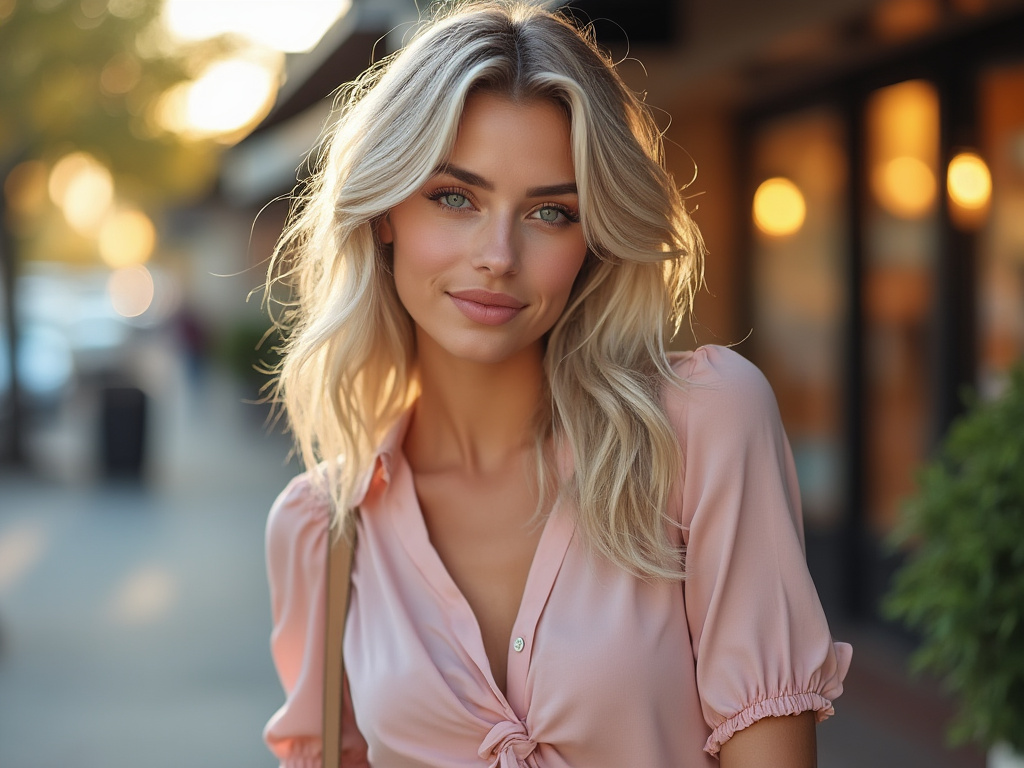
Finding the perfect clothing colors for your hair color can feel like a never-ending puzzle. Yet, when those shades finally click, everything looks a bit more polished, pulled-together, and just plain flattering. Whether you’re a natural ash blonde, a deep brunette, a fiery redhead, a raven-haired beauty, or someone with elegantly silver strands, the right hues in your wardrobe can highlight your hair’s best qualities.
This isn’t about strict “rules” or old-fashioned guidelines. Instead, think of it as a toolkit. You’ll discover suggestions, techniques, and clever tricks that help you choose colors aligned with your hair’s own personality. By the time you finish reading, you’ll feel equipped to confidently curate outfits that make you feel radiant, stylish, and effortlessly chic—no matter what’s trending or how your hair shade evolves over time.
Below, you’ll dive deep into different approaches for every hair color and scenario. You’ll explore how to use neutrals, jewel tones, soft pastels, and rich earth shades in ways that elevate your look. You’ll also find ideas on accessorizing, mixing patterns, working with textures, and planning for changing seasons. Let’s get started and uncover how to bring your hair color into the spotlight with a beautifully balanced wardrobe palette.
Blondes: Complementing Warm Tones
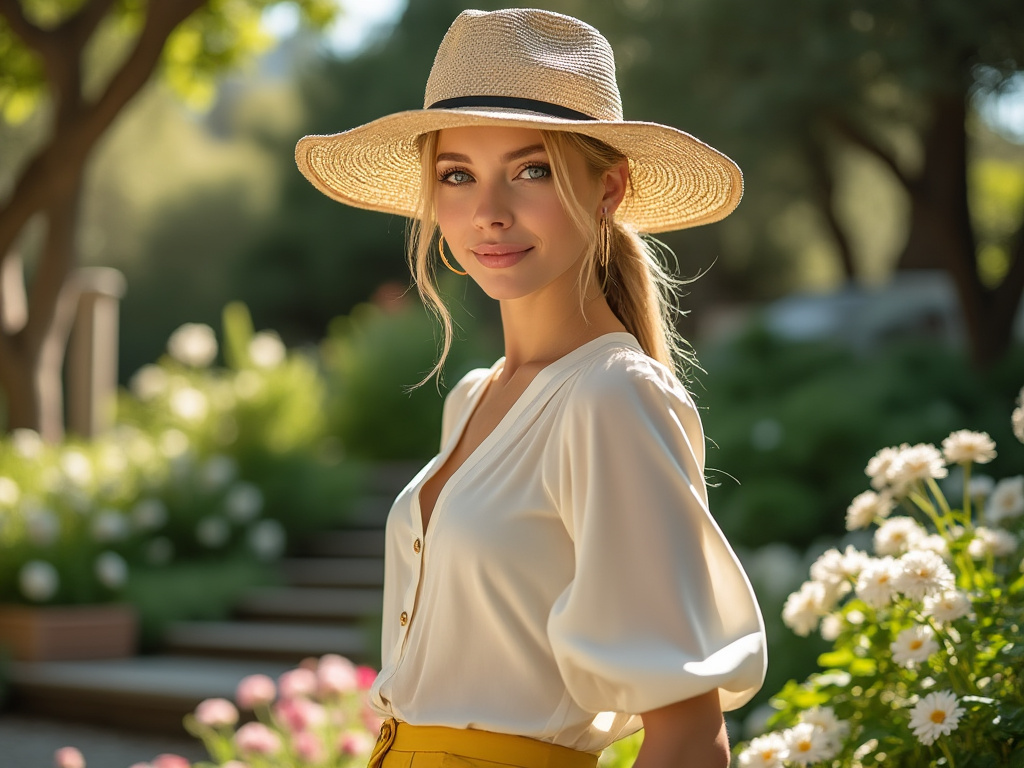
Embracing Golden Undertones
For individuals with naturally warm-toned blonde hair—think honey, caramel, or golden highlights—the aim is to find colors that amplify those sun-kissed notes. Warm neutrals like creamy ivory and soft beige will mirror your hair’s glow. Muted yellows, gentle apricots, and even olive greens can create a gentle, complementary palette. When you’re wearing these hues, your hair seems to light up, making you appear more luminous.
Cool Blonde Shades and Soft Contrasts
Cool-toned blondes, like ash or platinum, can find their stride with subtle contrasts. Pale pinks, delicate lilacs, and light blues accentuate the coolness of your hair. Slate gray and wispy whites can serve as sophisticated backdrops, letting your hair color pop. Think airy shades that mirror a clear sky or fresh blossoms—your locks will stand out against these soft, clean palettes.
Experimenting with Pastels and Bolds
Whether you’re warm or cool blonde, consider pastels to highlight softness and bolds to inject energy. Mint green, powdery lavender, or a baby blue scarf will beautifully frame your face. For special occasions, turn to bolder pieces—magenta blazers, emerald dresses, or ruby skirts—to create an eye-catching contrast that draws attention to your hair’s brightness.
Brunettes: Emphasizing Depth and Richness
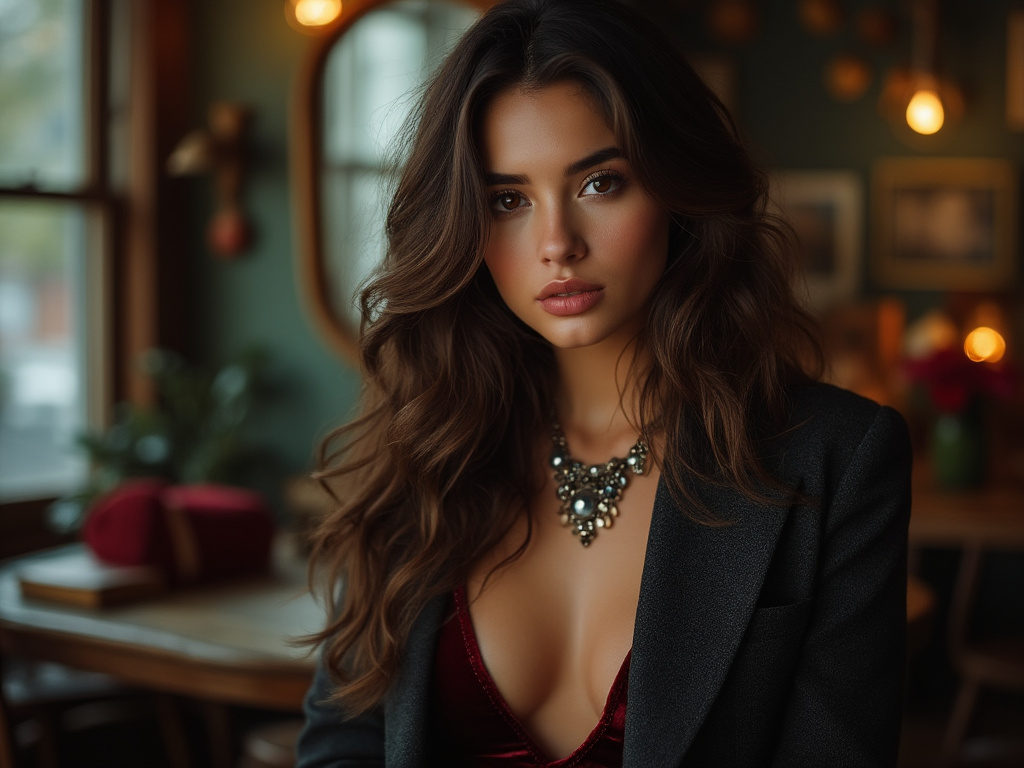
Warm Brunette Harmonies
If your hair leans toward warm chocolate or chestnut tones, choose rich colors that echo that cozy depth. Burgundy tops, forest green sweaters, and dark mustard accessories all harmonize wonderfully, reflecting the warmth in your hair and enhancing that natural richness. These hues, often found in autumn palettes, provide an instant sense of elegance and approachability.
Cool Brunette Complements
For cooler brunette shades—perhaps a smoky espresso or ashy brown—look for colors that feel grounded and refined. Deep purples, navy blues, and charcoal grays keep the look polished. A cool brunette can also shine in teal or hunter green, as these cooler jewel tones complement the subtle smokiness, adding dimension and quiet sophistication.
Vibrant Accents to Add Spark
If you’re a brunette looking to add energy, introduce a splash of brightness. Consider a golden belt, scarlet scarf, or vibrant cobalt handbag. These accents stand out against your deeper hair shade, making the outfit feel lively without overshadowing your natural coloring. It’s about using small touches to create balance and visual excitement.
Redheads: Enhancing Fiery Undertones
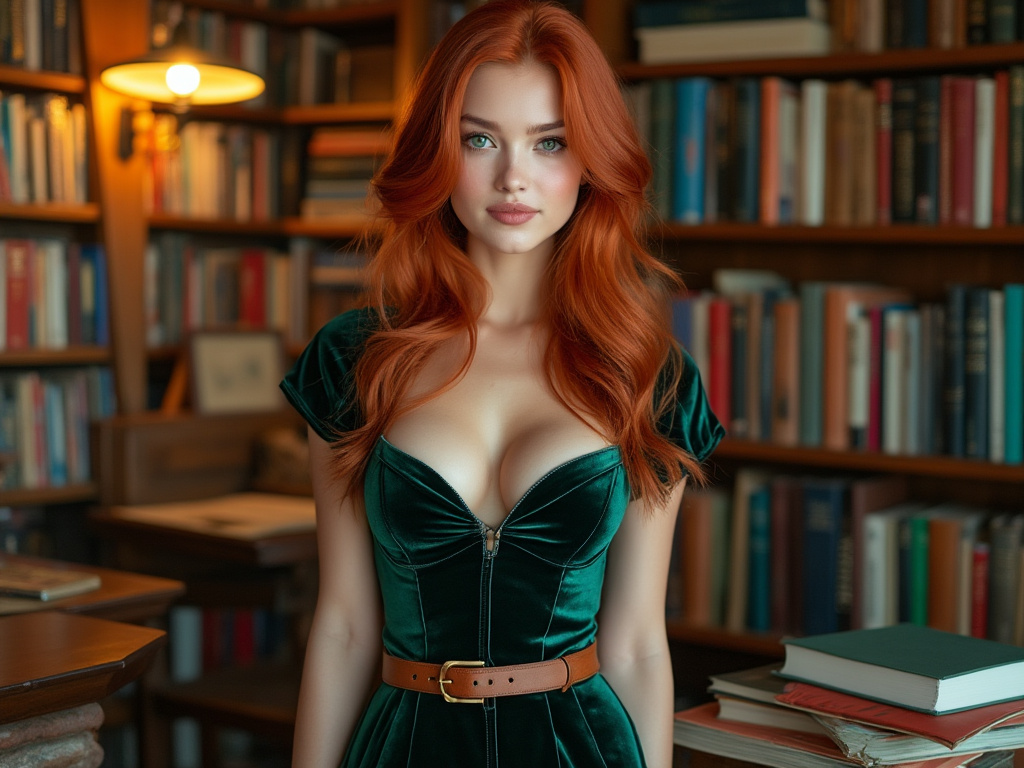
Muted Greens and Teals
Redheads—from gentle strawberry tones to fiery copper shades—often shine when paired with soft greens, teals, and sage hues. These colors sit opposite red on the color wheel, creating a complementary effect that intensifies the vibrancy of your hair. A simple teal blouse or olive cardigan instantly makes your red or ginger locks appear more radiant.
Earthy Neutrals for Versatility
Earthy neutrals—camel, cocoa, khaki, and stone gray—can serve as a versatile canvas for redheads. They highlight the subtle warmth in your hair while maintaining a balanced, everyday look. Pairing these neutrals with a pop of color in your accessories—like a warm coral necklace—adds interest without distracting from your hair’s natural brilliance.
Jewel-Toned Contrasts
For special events or whenever you want to stand out, consider ruby red, amethyst purple, or sapphire blue. While red-on-red might seem bold, a deep ruby dress can actually accentuate the copper in your hair beautifully. Jewel tones are dramatic and luxurious, making them perfect for formal settings or when you want an extra dose of glamour.
Black Hair: Embracing Dramatic Contrast
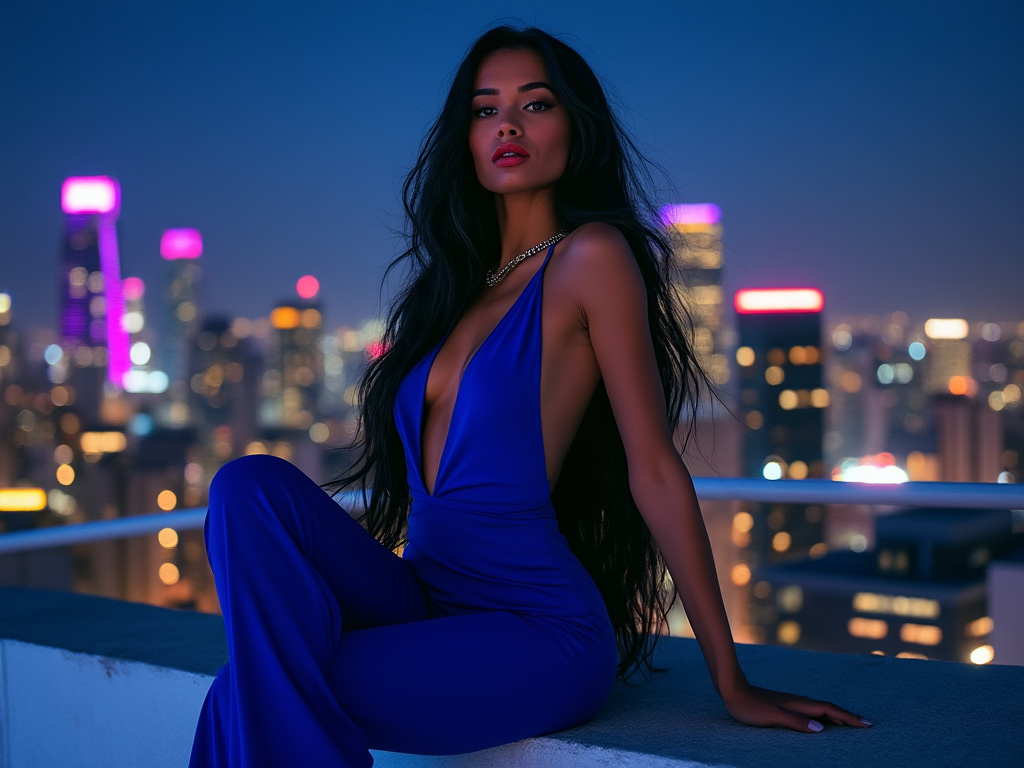
Crisp Whites and Light Neutrals
Few combinations are as timeless as black hair set against crisp white. Ivory blouses, cream sweaters, or off-white trousers create a bright background that lets your black hair shine like polished ebony. This contrast is sharp, elegant, and always in style. Mixing in pale grays or light beiges adds softness while still maintaining that striking distinction.
Deep Jewel Tones for Intensity
If you want to lean into the intensity of black hair, consider deep, saturated jewel tones. Emerald greens, ruby reds, and royal blues give you a regal look. These richer hues mirror the intensity of your hair, allowing you to feel bold and confident. They transform simple outfits into statements, all while flattering your natural coloring.
Vivid Brights for Bold Statements
For a shot of excitement, try adding vivid brights like fuchsia, tangerine, or chartreuse in small doses. A black-haired individual wearing a neon accessory or a vibrant patterned scarf will turn heads in the best way. These brights pop dramatically, especially when used sparingly, ensuring your hair remains the star of the show.
Gray and Silver Hair: Sophisticated Harmony
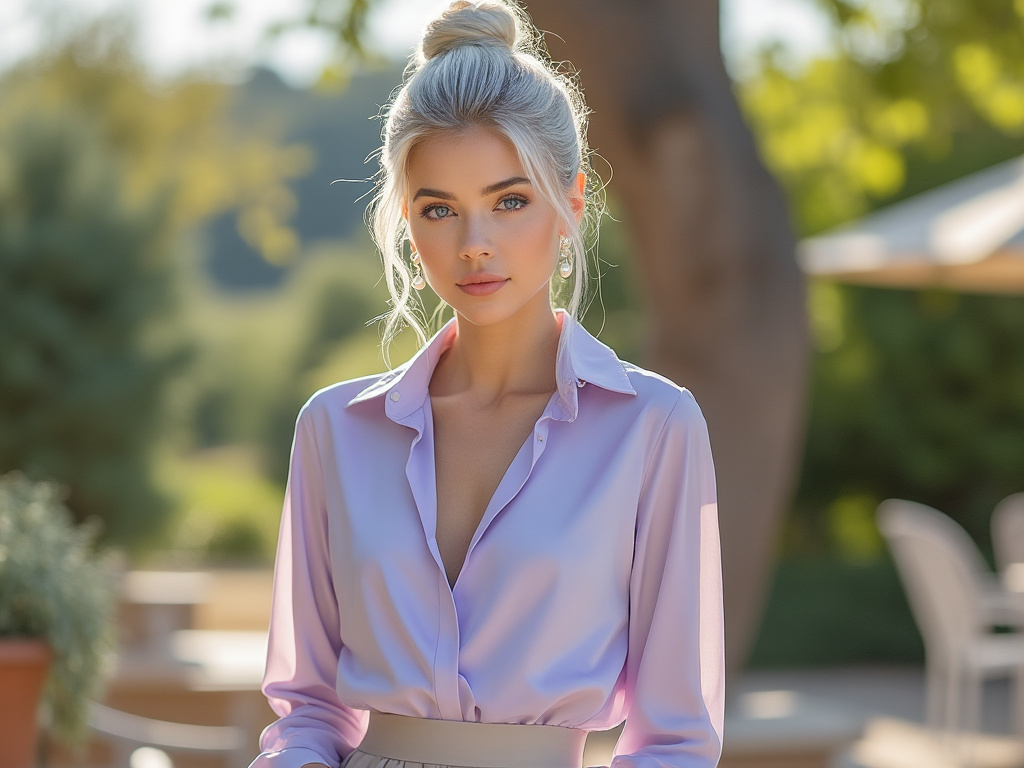
Soft Pastels for a Gentle Glow
Gray or silver hair can be incredibly chic, and subtle pastels accentuate that delicate sophistication. Powder pink, baby blue, and mint green bring a youthful brightness that complements your silvery tones. These hues create an ethereal feel, lending an air of elegance and refinement to your overall appearance.
Rich Jewel Hues for Depth
If pastels feel too light, look to deeper jewel tones like amethyst, sapphire, or emerald. These colors form a sophisticated backdrop for gray hair, infusing your look with poise and confidence. The combination strikes a balance between softness and richness, making you stand out as effortlessly polished and well-curated.
Understated Neutrals that Let Hair Shine
Sometimes, minimalism says it all. Soft neutrals—dove gray, pearl white, taupe—quietly complement gray or silver strands. These understated colors ensure your hair remains the centerpiece. Add a textural twist, like a chunky knit or luxurious cashmere, to make neutral outfits feel sumptuous and complete.
Multi-Tonal Hair: Playing with Complementary Layers
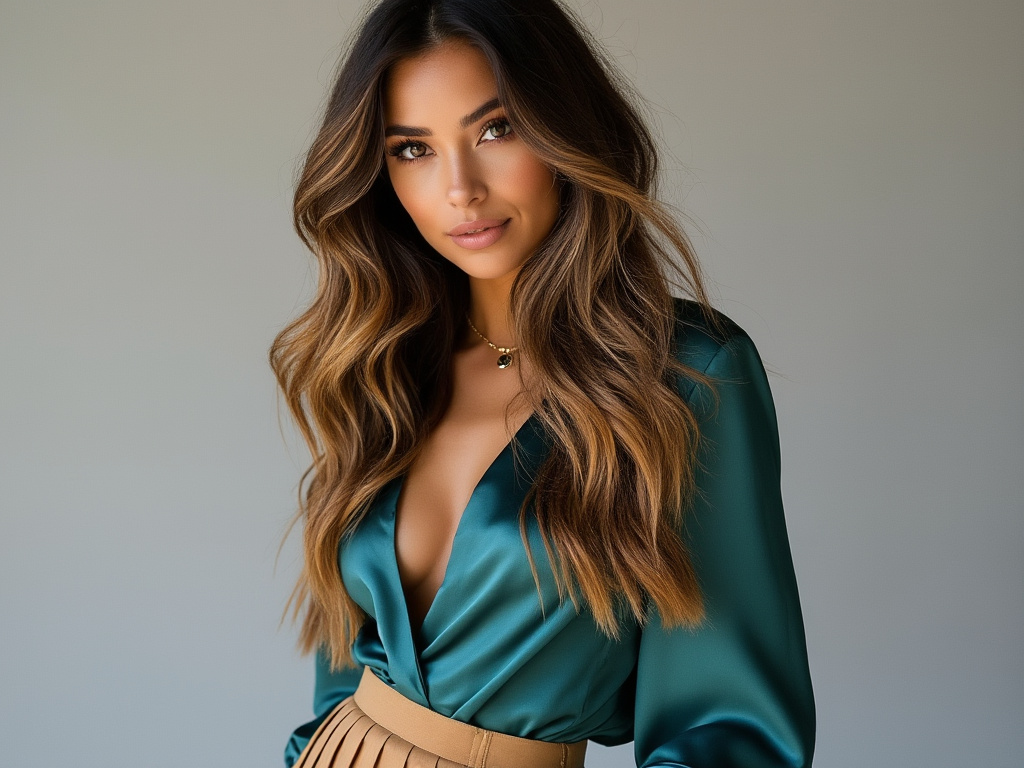
Blonde with Lowlights
Blonde hair that features lowlights offers depth and variation. Complementing these layered shades can mean embracing colors that highlight the darkest tones. If you have honey-blonde hair with caramel lowlights, try wearing terracotta, burnt sienna, or deep olive. These colors bring out both the light and dark streaks, providing a well-rounded harmony.
Ombre and Balayage Blends
For hair with ombre or balayage effects, look for clothing colors that subtly reflect transitions. If your ends fade from dark to light, consider gradient-inspired outfits: light-to-dark blues, soft neutrals layered from cream to tan, or even a patterned top that shifts gently from one shade to another. These choices echo your hair’s unique flow.
Highlighting Bold Streaks
If you have bold, colorful streaks—think magenta highlights in brown hair or electric blue tips in black hair—why not wear colors that make them pop? For magenta streaks, try complementary greens. For blue tips, add a soft yellow accent piece. Echoing or contrasting these bright additions ensures your outfit feels thoughtfully pulled together.
Incorporating Seasonal Changes
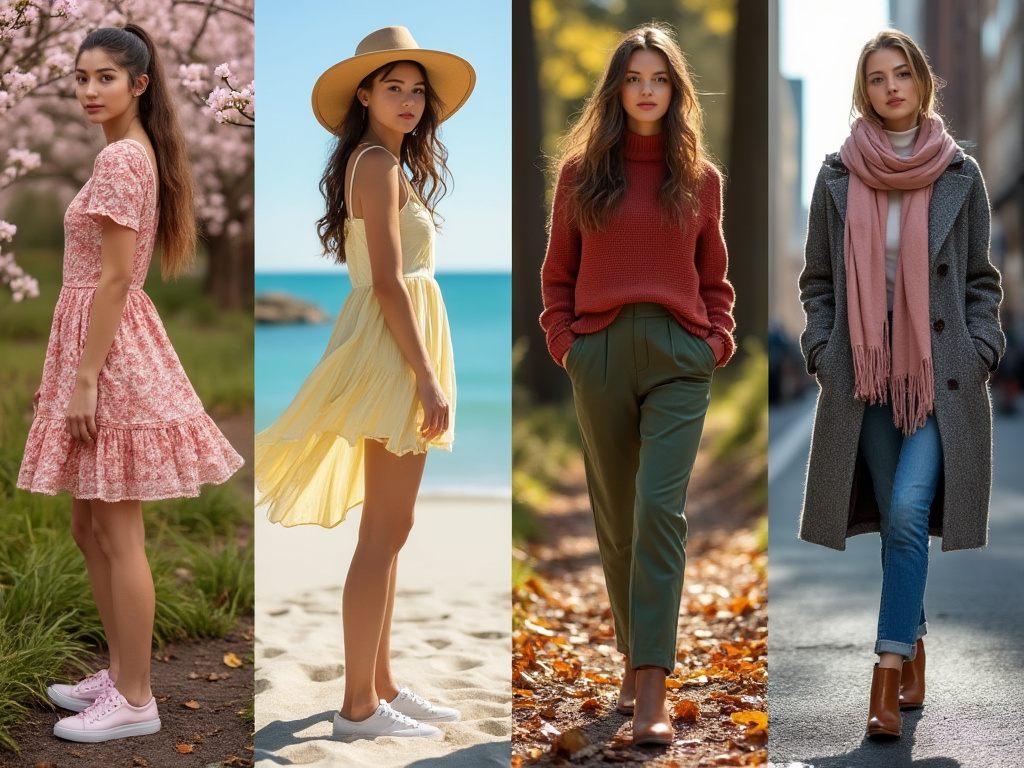
Spring Hair Color Styling
As flowers bloom and days grow longer, lighter and fresher shades reflect the season’s optimism. For those with dark hair, pale yellows and apple greens feel rejuvenating. Blonde hair pairs beautifully with coral and sky blue, while redheads might consider fresh mint or daffodil to celebrate the season’s rebirth.
Summer Hair Color Styling
Summer invites bright, bold palettes. Crisp whites, nautical stripes, and vibrant reds and blues suit brunettes and black-haired individuals. Blondes can play with tropical pinks, while redheads can lean into turquoise and citrusy oranges. The sunny season encourages you to embrace joyful color combinations that radiate warmth.
Autumn and Winter Palettes
Autumn and winter call for richer, deeper shades. Brunettes and redheads can indulge in rusty oranges, burgundies, and olive greens, mirroring the changing leaves. Black hair looks stunning against midnight blues and maroon, while blondes can soften their outfits with charcoal grays, dusty roses, and faded browns as the weather cools.
Accessorizing to Enhance Hair Color
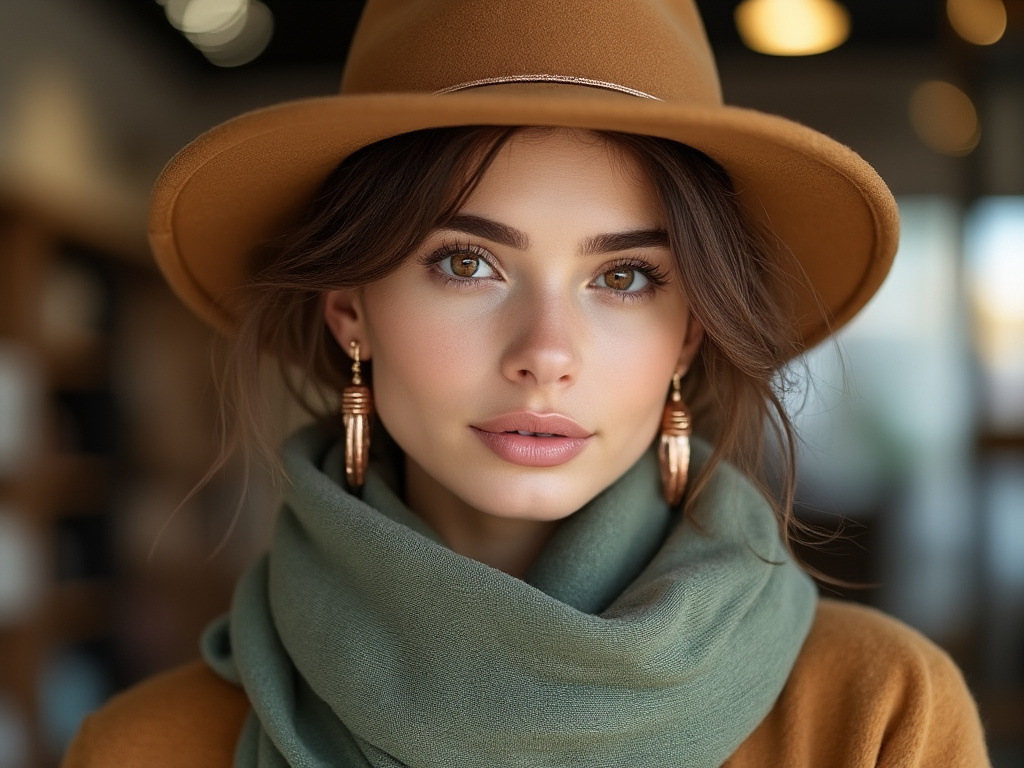
Scarves and Hats
Scarves and hats frame your face, making them an excellent way to experiment. For black or brunette hair, a cream beanie or silk scarf in emerald highlights your locks. Blondes can add a lilac silk wrap or light pink beret, while redheads might try a sage green scarf. These accessories allow you to test colors without committing to an entire outfit.
Jewelry Choices
Jewelry can reflect your hair’s undertones. Dark-haired individuals shine in silver or platinum metals, which provide a sleek contrast. Redheads and warm brunettes might prefer gold or rose gold, emphasizing their hair’s warmth. Adding gemstones in complementary hues—emerald for redheads, sapphire for brunettes, amethyst for blondes—ties everything together beautifully.
Footwear and Belts
Never underestimate the power of well-chosen footwear or belts. For example, a brunette might choose deep brown boots to echo their hair, then add a teal belt to create a colorful focal point. A blonde could wear nude heels paired with a pastel belt for a soft, harmonious look. Redheads might choose copper-tone belts or warm-toned shoes that bring out the richness in their hair.
Fabrics and Textures
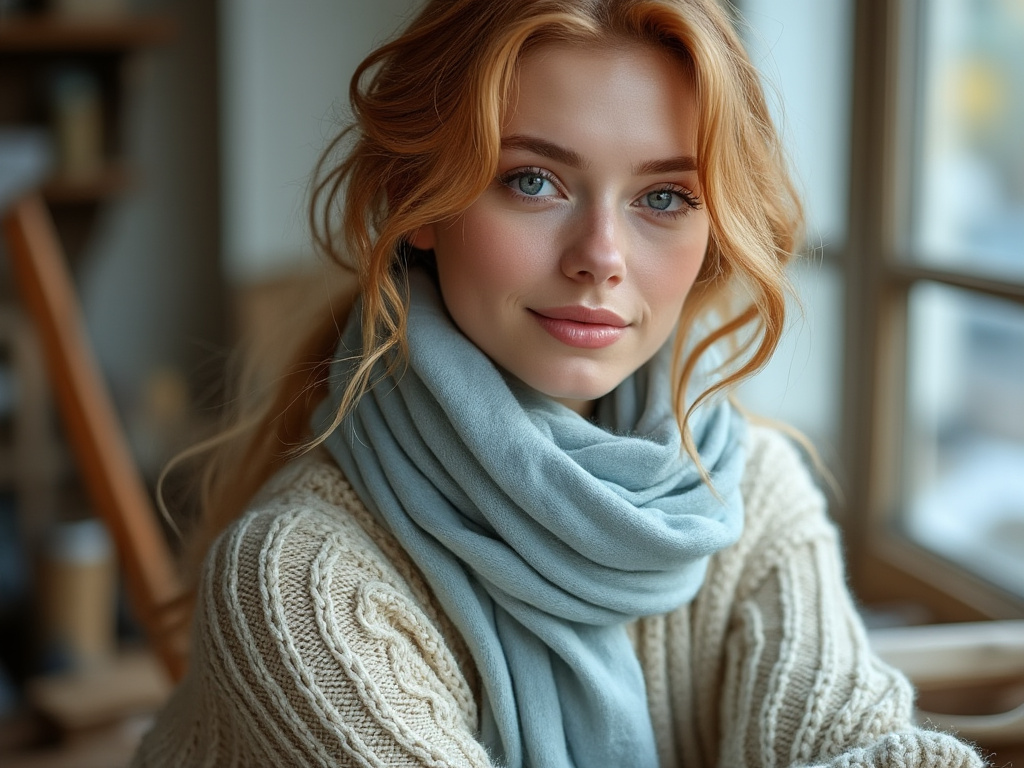
Luxurious Silks and Satins
Smooth, light-reflecting fabrics like silk and satin catch the eye and highlight hair color. For gray-haired individuals, a dusty-blue silk blouse is cooling and elegant. For brunettes, a deep burgundy satin top emphasizes richness. The fabric’s sheen pairs beautifully with the natural shine of well-maintained hair, adding an extra layer of sophistication.
Cozy Knits and Wools
Chunky knits, wool sweaters, and fuzzy textures soften your overall look. These fabrics create contrast with sleek hair, emphasizing the shine and color. For blondes, a cream cable-knit frames the hair softly. For black-haired individuals, a burgundy wool sweater offers a cozy, warming effect. Textures add depth, making even simple outfits feel crafted and intentional.
Structured Cottons and Linens
Crisp, structured fabrics like cotton and linen are ideal for showcasing simple color pairings. A black-haired person might choose a white cotton shirt, a brunette could try a navy linen blazer, and a redhead might reach for olive cotton trousers. These fabrics create clean lines and a neutral base, letting your hair color serve as an organic accessory to your outfit.
Pattern Mixing

Stripes and Polka Dots
Subtle patterns like stripes or polka dots can accentuate hair color by providing visual interest without overpowering. Blondes might enjoy a navy-and-white striped tee, brunettes a rust-and-cream polka dot blouse, and redheads a sage-and-white pinstripe shirt. Patterns that incorporate a color tying back to your hair hue create cohesive, eye-catching outfits.
Florals and Geometrics
Florals can be tailored to hair color by selecting patterns that echo or contrast your tones. A brunette could wear a floral dress with burgundy blooms, while a gray-haired person might pick a pastel floral scarf. Geometric prints—like teal triangles or lavender squares—add modern flair. Just ensure one or two colors in the pattern link back to your hair’s undertone.
Animal Prints and Abstracts
Animal prints, when chosen thoughtfully, can complement your hair color. A blonde might opt for a leopard print scarf that includes sandy hues, while a black-haired person might choose a zebra print top that highlights their hair’s dramatic contrast. Abstract patterns in earth tones can flatter redheads, while cool gray patterns complement silver hair elegantly.
Neutrals as a Canvas
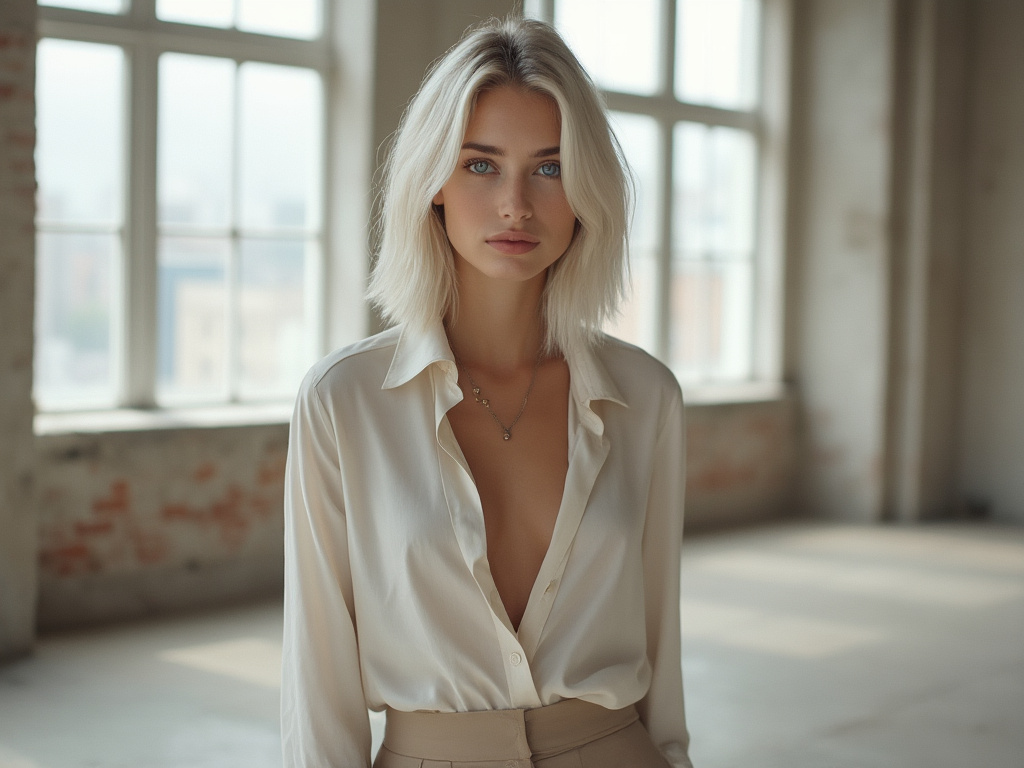
White, Ivory, Cream
For any hair color, these light neutrals act as a blank canvas that allows your hair to pop. Black or deep brunette hair appears more striking, blonde hair seems brighter, red hair glows, and gray hair looks even more refined. Incorporate these neutrals into blouses, pants, or jackets for a crisp, clean backdrop.
Gray, Charcoal, Slate
Cooler neutrals like gray work beautifully for those with black, brunette, or silver hair. These shades create a harmonious, tone-on-tone effect. Blondes might opt for lighter grays to avoid washing out their color, while redheads can pair gray with a colorful accessory to maintain vibrancy.
Black, Navy, Midnight Blue
These dark neutrals create a sense of refinement and depth. Black is versatile but can be especially dramatic for blondes and silver-haired individuals. Navy and midnight blue complement brunettes and redheads well, offering a subtle richness that feels sophisticated. They’re often timeless choices—always wearable and endlessly chic.
Color Blocking Techniques
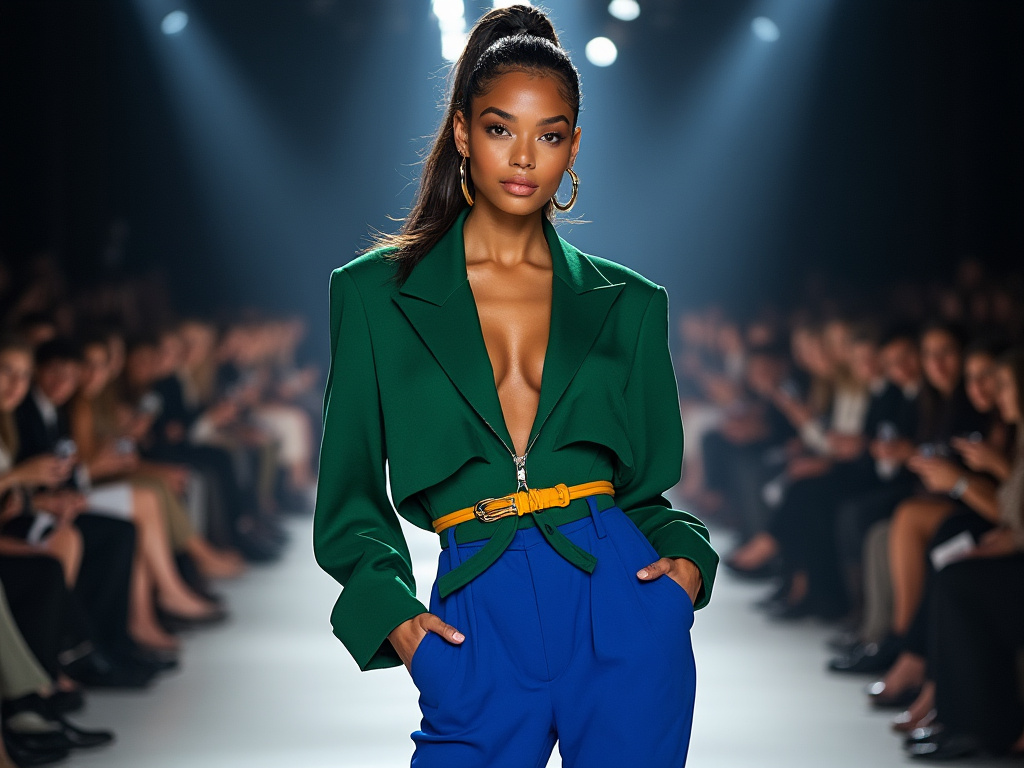
Monochromatic Outfits
Wearing a single color family from head to toe can highlight the uniqueness of your hair color. A monochromatic outfit—like varying shades of blue—draws focus to your hair’s contrast. If you’re a brunette, try a monochrome brown outfit in different tones; it mirrors your hair, creating a cohesive, put-together look.
Complementary Color Pairs
Using color pairs that complement your hair can work wonders. Redheads might wear green and coral, brunettes could try navy and mustard, blondes might choose lavender and beige, and black-haired individuals might turn to white and emerald. These pairs create visual excitement and direct attention toward your face and hair.
Triadic and Analogous Palettes
For a more advanced color-blocking approach, experiment with triadic (three equally spaced colors on the color wheel) or analogous (colors next to each other on the wheel) combinations. For example, a blonde might wear soft pink, pale yellow, and light blue—a gentle triad that creates a lovely environment for their sunny locks. The key is to keep the hues balanced so that your hair remains an integral part of the composition.
Dressing for Different Occasions
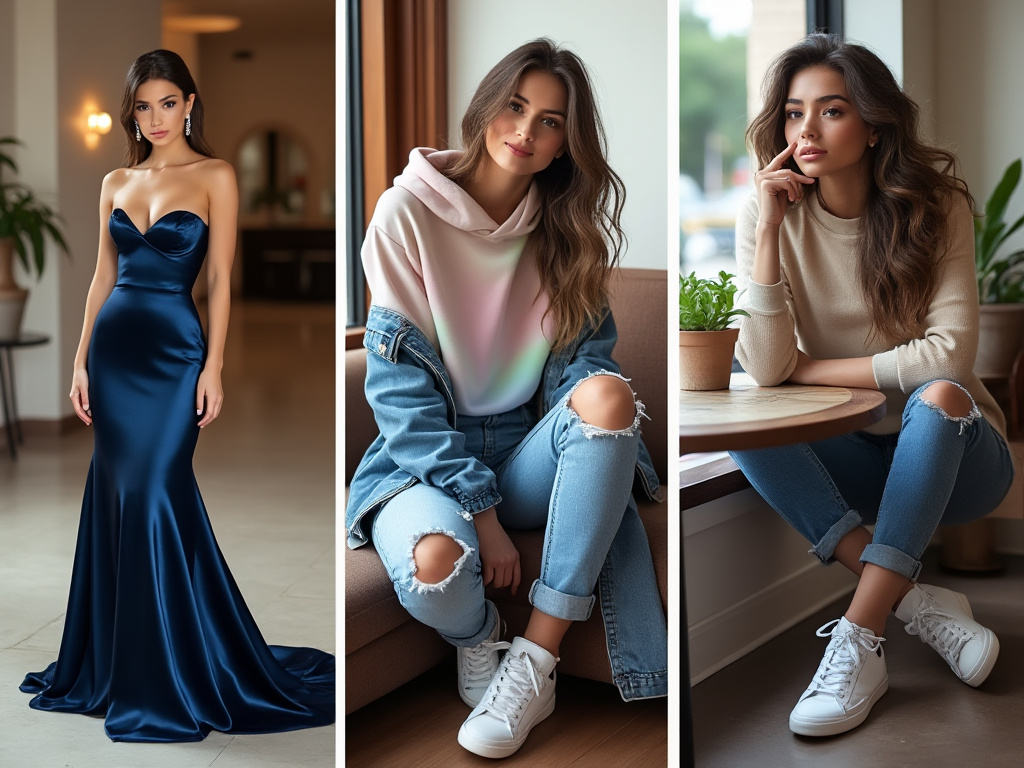
Office and Professional Settings
In professional environments, subtlety often rules. Neutrals and gentle pops of color are your best allies. A brunette might wear a navy blazer with a cream blouse, a blonde might opt for a light gray suit with a lilac scarf, and a redhead can try a camel trouser with a sage blouse. Keep the look polished and streamlined, allowing your hair to add personality without overwhelming.
Casual Weekends and Getaways
Off-duty outfits invite experimentation. Play with denim blues, comfortable khakis, soft pastels, or playful prints. A black-haired individual might wear a white tee and olive shorts, while a silver-haired person could try a mint green sundress. Casual days are perfect for mixing and matching until you find unexpected color pairings that just feel right.
Formal Events and Celebrations
For weddings, galas, or parties, consider rich jewel tones, luxurious fabrics, and dramatic contrasts. Brunettes shine in wine-red gowns, blondes dazzle in soft gold or pastel pink dresses, redheads stun in emerald or deep teal, and black-haired individuals captivate in sapphire or ruby. Formal events are your chance to make a statement that highlights your hair’s beauty.
Long-Term Wardrobe Strategies
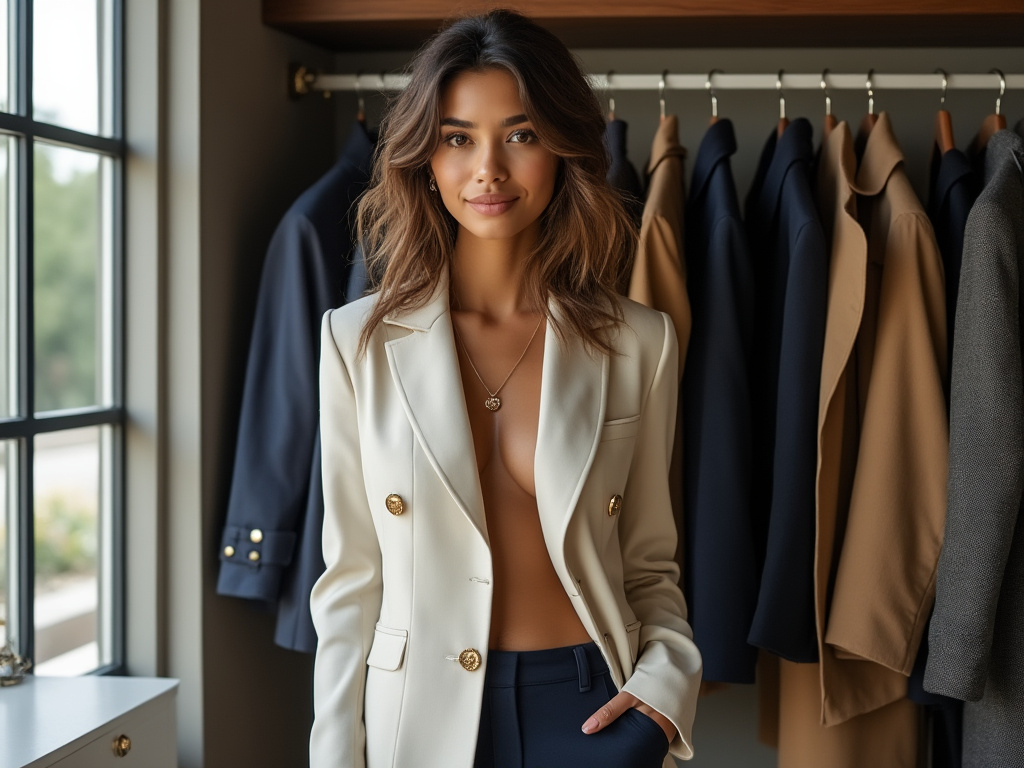
Building a Capsule Wardrobe by Hair Color
Imagine a mini wardrobe of versatile pieces that all flatter your hair color. For blondes, this might include a cream blazer, a lavender blouse, navy trousers, and a rose sweater. For redheads, a capsule could revolve around olive pants, a beige trench, a teal shirt, and a warm brown cardigan. The idea is that any combination works together, simplifying your daily routine and ensuring you always look harmonious.
Seasonal Rotation of Colors
As seasons change, consider rotating certain colors in and out. This keeps your wardrobe dynamic and always aligned with both weather and trends. Redheads, for example, may feature emerald and coral in summer, then swap to burgundy and olive in winter. By managing these rotations, you maintain freshness and a sense of style evolution.
Investing in Quality vs. Quantity
When you find colors that truly flatter your hair, consider investing in quality pieces. A perfect-fitting navy blazer for a brunette or a pristine cream blouse for a blonde can become a long-term staple. High-quality garments maintain their color integrity longer, ensuring your go-to shades remain vibrant and true. Over time, this approach saves money and keeps your closet consistently aligned with your personal color palette.
Conclusion
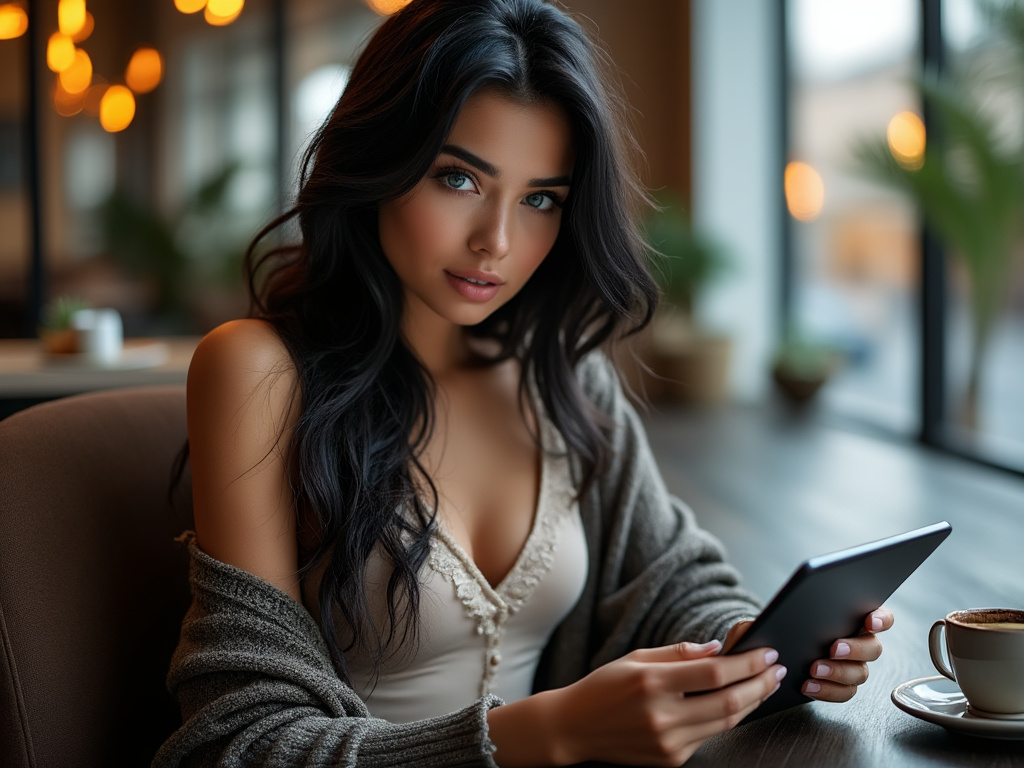
Your hair color is like a personal signature that can guide you through the vast world of fashion. By understanding which hues complement your unique shade—be it golden blonde, deep brunette, fiery red, inky black, or silvery gray—you empower yourself to make more informed style choices. The result is a wardrobe that feels cohesive, polished, and perfectly aligned with who you are.
As you explore these tips, remember that fashion is about expression and creativity. Don’t be afraid to break the “rules” or try something unexpected. Over time, you’ll refine your approach, discover favorite combinations, and feel more confident experimenting. The goal is to curate a color story that highlights your hair’s beauty, enhances your features, and helps you feel at ease in every setting.
Final Table
| Hair Color | Ideal Neutrals | Top Accent Hues | Best Jewel Tones | Great Seasonal Picks |
|---|---|---|---|---|
| Blonde | Cream, Ivory, Light Gray | Pastels (Lilac, Mint), Soft Blues | Sapphire, Emerald | Spring: Coral, Sky Blue; Fall: Dusty Rose, Charcoal |
| Brunette | Navy, Beige, Charcoal | Mustard, Teal, Burgundy | Ruby, Amethyst | Summer: Cobalt, Olive; Winter: Deep Plum, Forest Green |
| Redhead | Camel, Cocoa, Khaki | Sage, Olive, Coral | Emerald, Amethyst | Spring: Mint, Daffodil; Autumn: Rust, Burnt Orange |
| Black | White, Off-White, Pale Gray | Fuchsia, Emerald, Royal Blue | Ruby, Emerald, Sapphire | Summer: Crisp White, Nautical Blue; Winter: Midnight Blue, Maroon |
| Gray/Silver | Dove Gray, Pearl, Taupe | Dusty Blue, Mint, Lavender | Amethyst, Sapphire, Emerald | Spring: Powder Pink, Baby Blue; Fall: Slate, Moss Green |
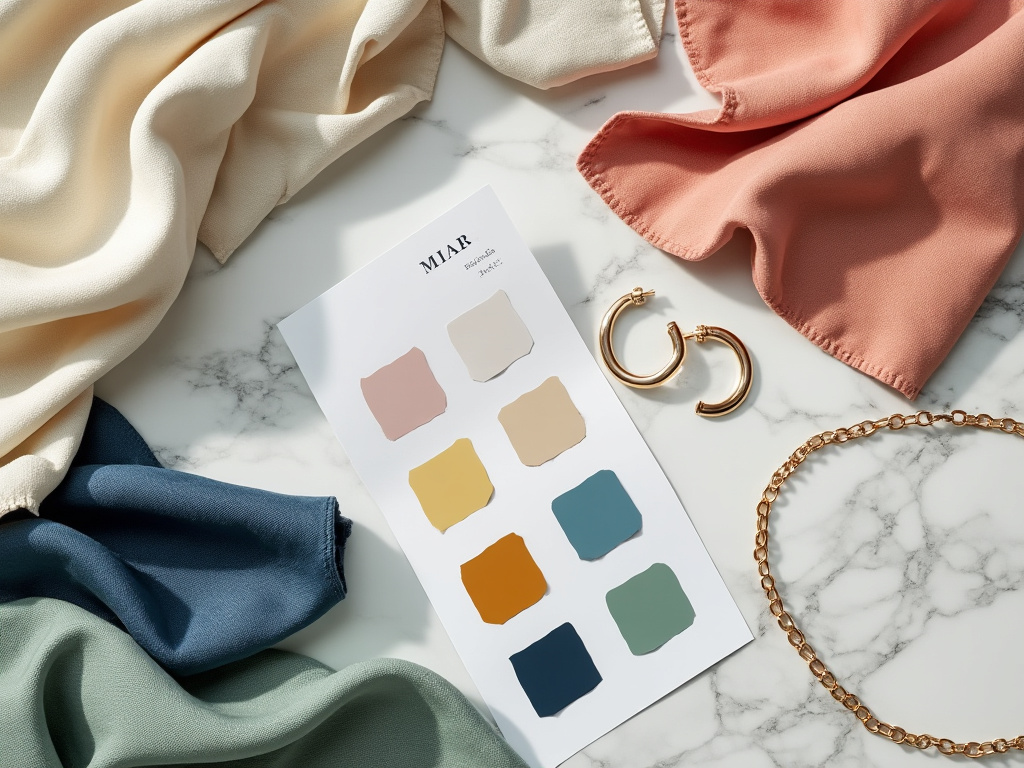
FAQ
Q: Can I wear colors that don’t traditionally suit my hair color?
A: Absolutely. These guidelines are just starting points. Fashion is about personal expression. If a color makes you feel great, wear it confidently.
Q: How do I know if a color truly suits my hair color?
A: Try it in natural light and assess how it makes you feel. If your face appears brighter, and your hair seems more vibrant, you’re on the right track.
Q: Should I focus on hair color alone, or consider my skin tone and eye color as well?
A: While hair color is a great anchor, your overall look benefits from taking skin tone and eye color into account. Start with hair, then refine by adding these other elements into the mix.
Q: Can I use accessories to experiment with colors I’m unsure about?
A: Yes. Accessories are a low-commitment way to test new hues. Try a scarf, a piece of jewelry, or a handbag in a daring color before investing in larger garments.
Q: How often should I reassess my wardrobe colors?
A: Check in seasonally or whenever your hair color changes. Keeping your wardrobe fresh and aligned with your hair tone ensures you’ll always feel put-together.
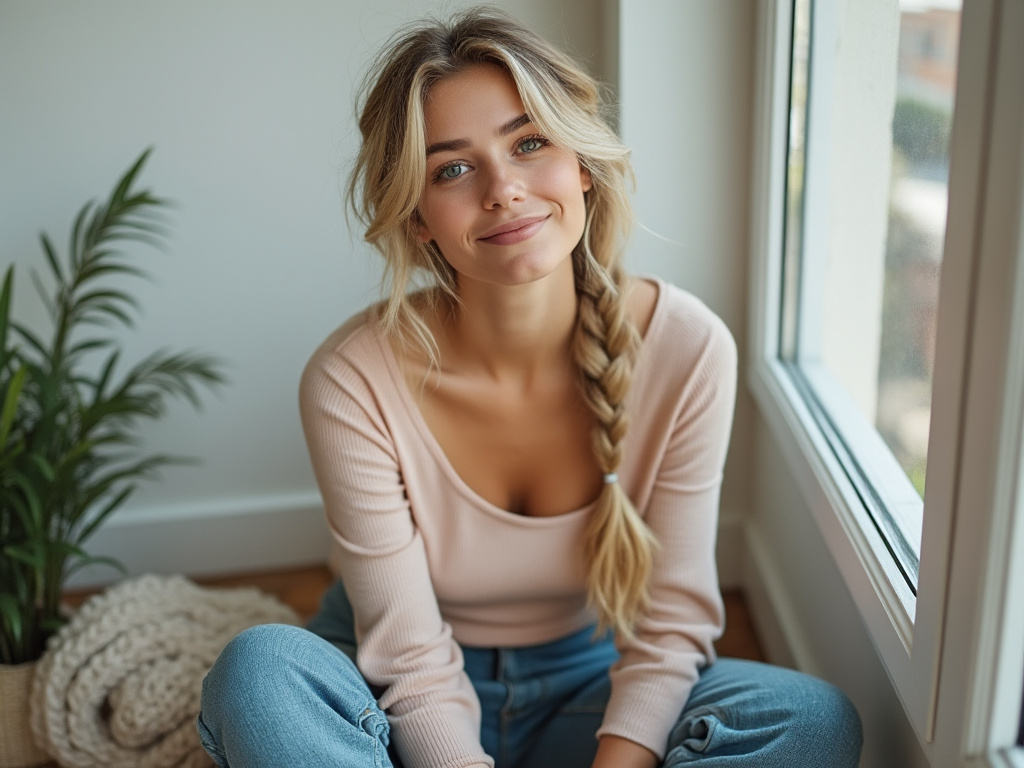
With this comprehensive guide, you’re now equipped to choose colors that bring out the best in your hair. From neutrals and jewel tones to pastels and bold accents, the perfect shades are waiting to elevate your personal style.
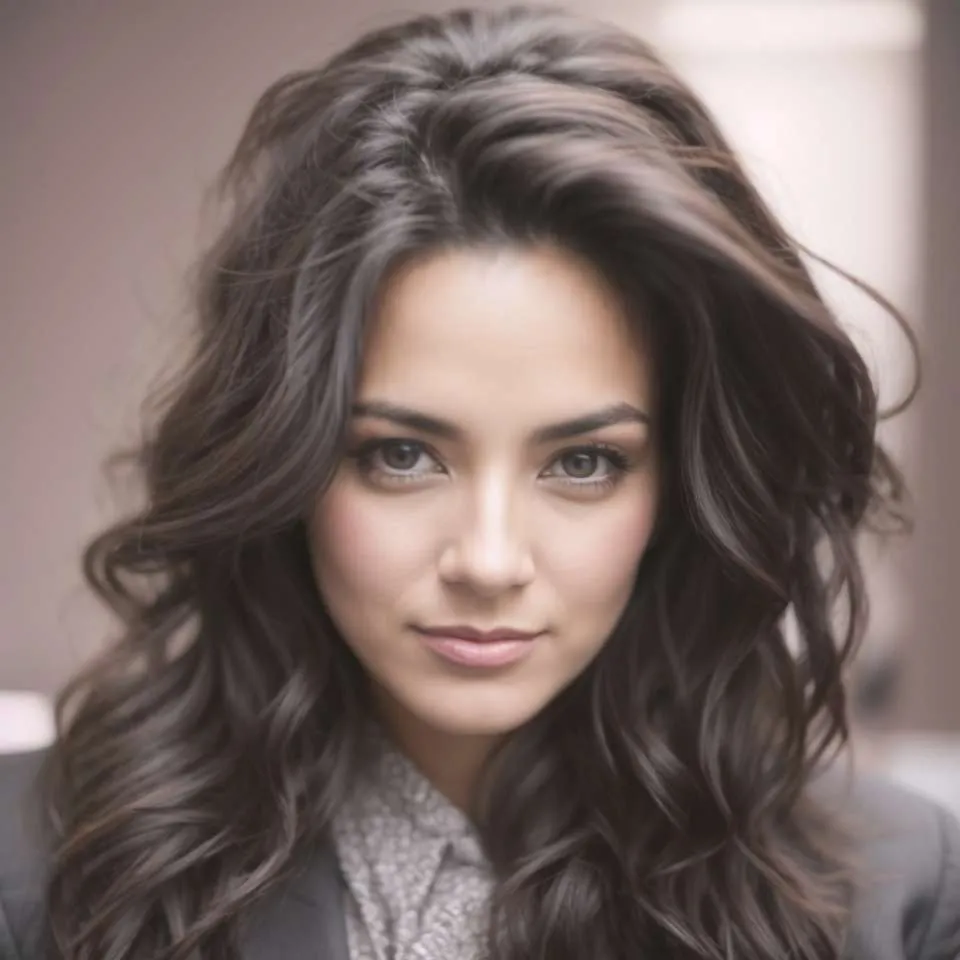
Gabrielle J. Smith is the pulsating essence that brings life to the world of fashion and color. With an innate talent for understanding the nuances of hues, she has the uncanny ability to paint narratives with her words, diving deep into the realm of color trends and the art of harmonizing them. Not just an expert in the field, Gabrielle also plays a pivotal role in strengthening the cohesion of our team, ensuring growth and harmony. Each of her articles is a testament to her passion, weaving captivating tales that resonate with readers and fashion aficionados alike.
Reviewed By: Joanna Perez and Anna West
Edited By: Lenny Terra
Fact Checked By: Matthew Mansour
Photos Taken or Curated By: Matthew Mansour
